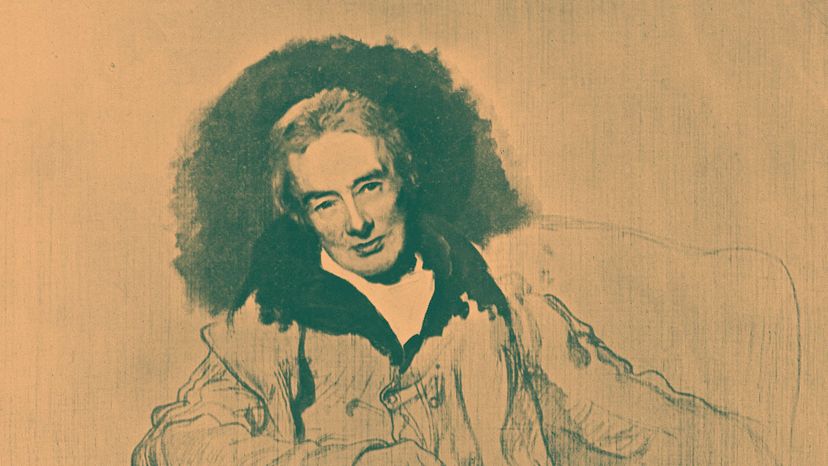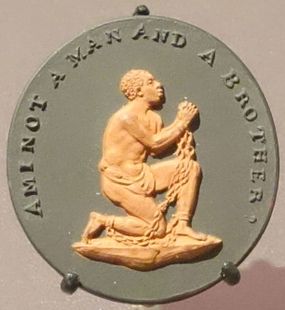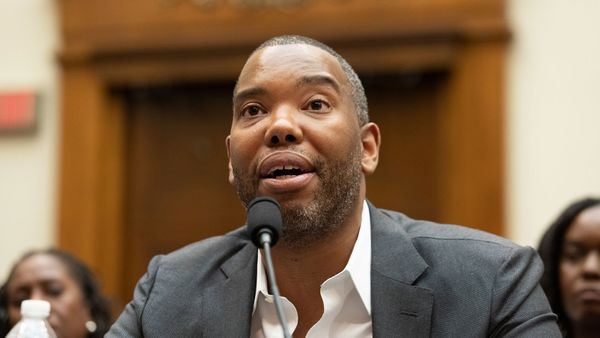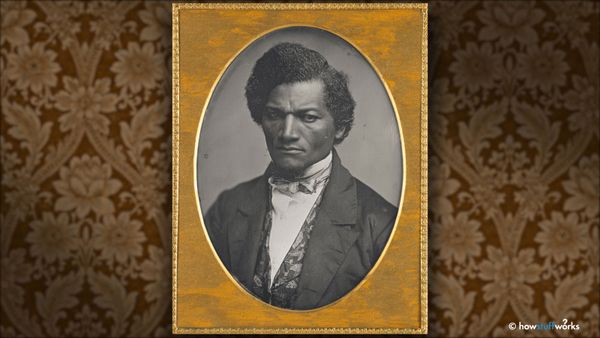When Olaudah Equiano was just 11 years old, he and his sister were abducted by slave traders from their village in what's now southern Nigeria. Years later, he wrote his first impressions of the kidnappers who would take him across the horrific Middle Passage to the American colonies:
"I feared I should be put to death, the white people looked and acted, as I thought, in so savage a manner; for I had never seen among any people such instances of brutal cruelty; and this not only shewn towards us blacks, but also to some of the whites themselves."
In Virginia, Equiano was sold to a Royal Navy officer who treated Equiano well, teaching the young boy to read and write and taking him along on sea voyages for the next eight years. But Equiano, like all slaves, was still property and was sold again to an English merchant in Montserrat who employed him as a deckhand, valet and barber.
Equiano never took his eyes off of freedom, though, and was able to work and trade on the side to save up 40 British pounds, the price of his freedom. Raised on the sea, he followed in his former masters' footsteps and became an explorer and merchant for the next 20 years, visiting far-flung ports like Turkey and the Arctic.
When Equiano finally settled in London, he joined the burgeoning movement to abolish slavery and became a member of the "Sons of Africa," a group of 12 free black men who lobbied for the end of the English slave trade.
In 1789, as Parliament was set to debate abolition, Equiano published his autobiography, "The Interesting Narrative of the Life of Olaudah Equiano or Gustavus Vassa, the African." The book was expressly written, as Equiano says, "to excite in your august assemblies [Parliament] a sense of compassion for the miseries which the Slave-Trade has entailed on my unfortunate countrymen."
Not only was his memoir one of the first English books written by a black African author, but it was a wildly popular best-seller and helped turn the tide of British public sentiment against slavery. Equiano died in 1797, 10 years before Britain formally outlawed the African slave trade.




